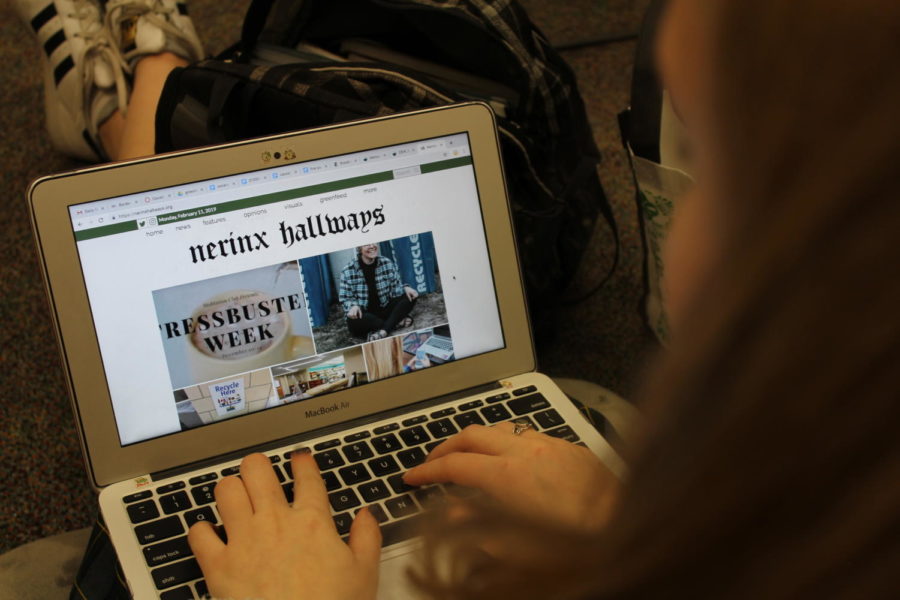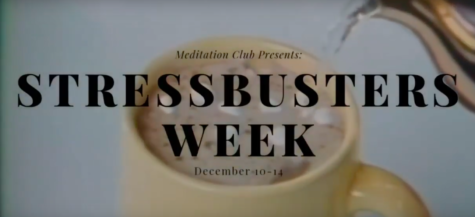The Rising Cost of Fake News and How You can Fight It
Where do you get your news? The New York Times? Wall Street Journal? Maybe Buzzfeed, or the latest Instagram updates? More than likely, for younger generations the latter seem more familiar. In recent years, news and media have become largely digitized with the advent of modern technology and the shift away from physical newspaper deliveries. Social media websites such as Facebook and Twitter have all but taken over, and physical newsrooms are closing all over the country. In a society moving away from a newsroom following the journalistic code of ethics, the research and editing behind many reliable sources is also falling to the wayside.
Some “fake news” is simply information that’s been misrepresented or hasn’t been properly fact-checked; however, the real “fake news” threat comes from articles that have been created to intentionally confuse the public. Nerinx English teacher and Hallways moderator Ms. Schwab confirms that there has also been “a rise in actual fake news produced with the goal of distracting and destabilizing.” Although it can often be more confusing than ever to discern the truth from what we read, the facts are still out there, and it is our responsibility to be aware of the difference.
It may be impossible to shield ourselves from fake news entirely, as we are bombarded with it through our phone screens daily. However, it’s important to remember that just because it is written, doesn’t make it true. It is the responsibility of credible news sources and the readers to prevent the spread of fake news. Readers can easily fact-check articles themselves. The use of a professional tone, quotes, photos and video media can indicate truth, but not always, as it is easy to fabricate images and even videos. The origin of the information is the most crucial clue to the article’s validity, such as the difference between The Daily Mail and The Washington Post. In addition, readers should check for an author and source, and even look to see who the creators of the message are and what they believe in.
In a time when journalism is continually discredited by political leaders, it is more important than ever to be active, critical readers at all times. Learning to distinguish truth and facts from fake news and fiction is the first step in becoming an intelligent person ready to take on life. Nerinx’s Loretto value that “women must know themselves and their world” is as true as ever today, and it is up to us to fulfill our civic responsibility and make our sisters proud by fighting fake news and championing truth.







